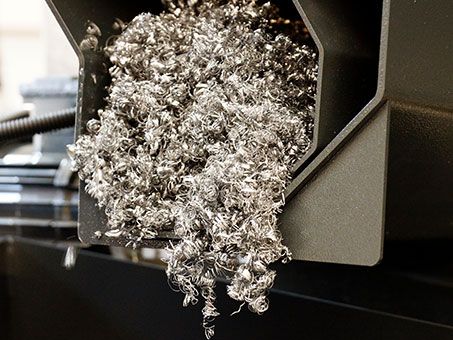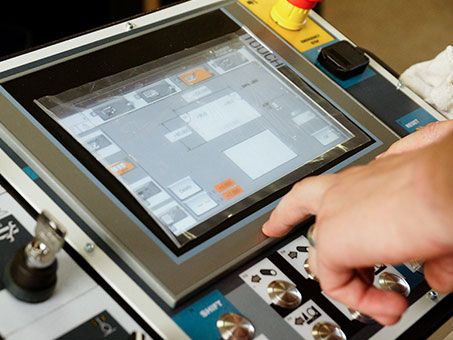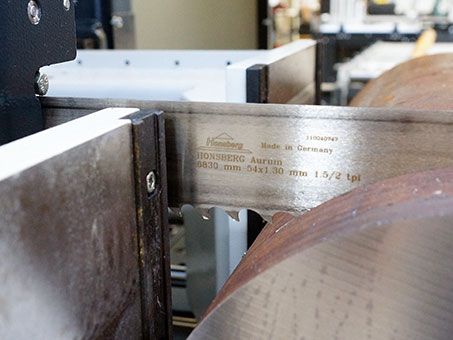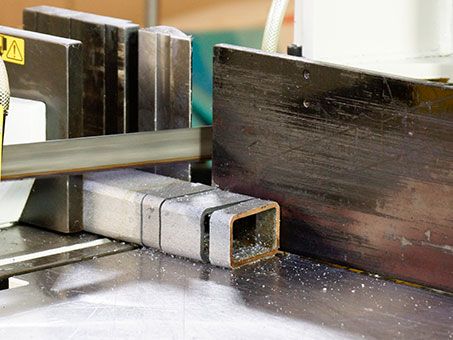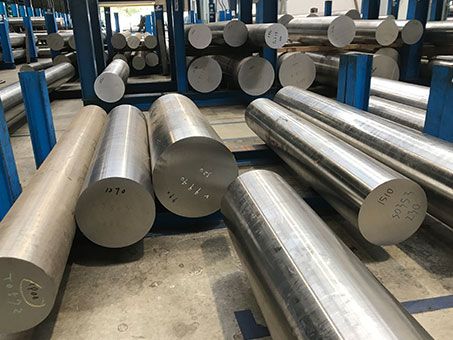Honsberg TSG
Burr on body back
PROBLEM
a) No clearance between body back and fl ange of the wheels.
b) Worn back guides.
SOLUTION
a) Adjust wheels.
b) Replace back guides.
Worn off back guides
PROBLEM
The constant rubbing along the band saw back edge has induced a brittleness. Microcracks appear. RESULT: Blade breakage.
SOLUTION
Replace back guides.
Worn damping rollers
PROBLEM
Too tight or blocked damping rollers may lead to rupture of the body.
SOLUTION
Reduce the contact pressure so the rollers can be rotated with little effort in passive state. Replace blocked damping rollers
Body crack on body back
PROBLEM
Body cracks caused by worn back guides. Leading to the back edge of the blade becoming brittle.
SOLUTION
Replace back guides.
Worn of brush
PROBLEM
Worn or incorrectly adjusted brushes are reducing the life of the saw blade.
SOLUTION
Adjust brushes regularly and replace when worn.
Worn side guides
PROBLEM
Too strongly adjusted or damaged side guides cause formation of microcracks and blade breakage.
SOLUTION
Reduce pressure. Clean side guides.
Tooth pitch too small
PROBLEM
The tooth gullet is too small. Chips will overfi ll the tooth gullet and lift the blade. When the chip clears the gullet, the blade will be forced back into the cutting channel resulting in a shock load on the tooth. Leading to tooth damage.
SOLUTION
Select a coarser tooth pitch.
Misaligned wheels
PROBLEM
Incorrect alignment causes burrs at the band back edge, followed by microcracks. Result: Blade breakage.
SOLUTION
Adjust wheels. Keep a clearance between band back edge and fl ange of the wheels. (Recommended clearance: 0.5 to 1.5mm).
Gullet space too small
PROBLEM
The tooth gullet is too small. To much frictional heat is generated. Result: Heavy wear and cut deviation.
SOLUTION
Select a coarser tooth pitch.
Tooth pitch too coarse
PROBLEM
Teeth have no guide in the cutting channel. Resulting in high tooth loads at the cutting point. Result: Fractures and breakages as well as microcracks in the tooth gullet.
SOLUTION
Use finer tooth pitch.

| Auf dem Knapp 42 |
| 42855 Remscheid | Germany |
| +49 2191 373-770 | ||
| +49 2191 373-799 |
| info@honsberg.de | ||
| www.honsberg.de |






